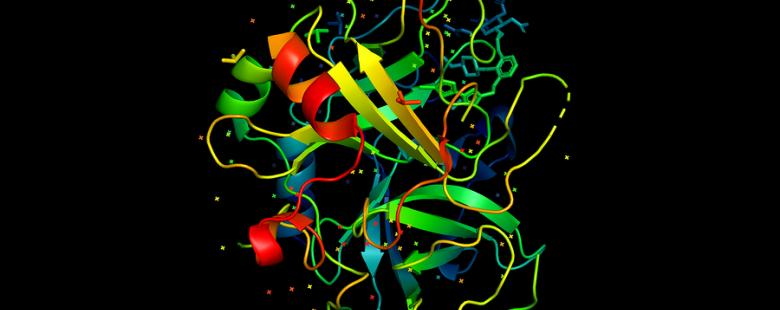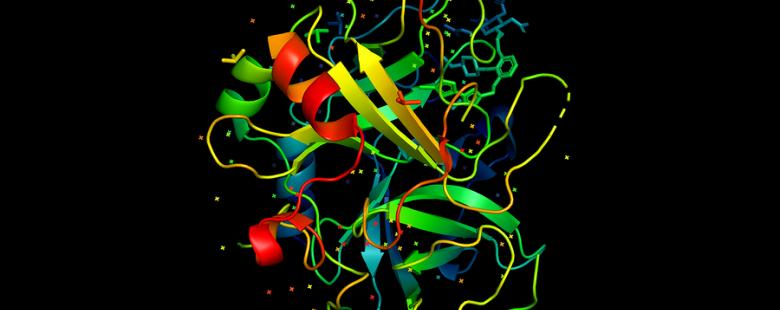
Liver data integration
Comparison of mouse liver samples involving tumor formation, diet, and genotypes.
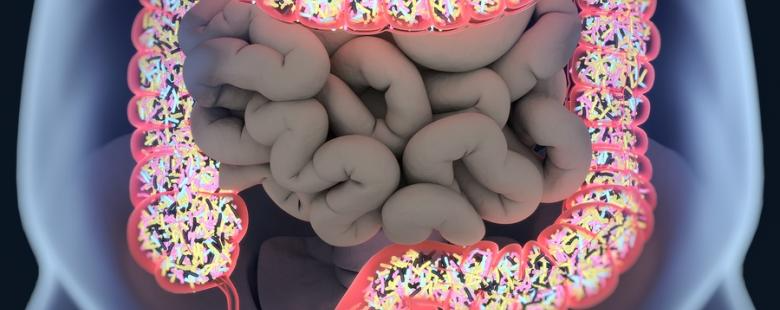
Intestine data integration
Comparison of mouse intestine samples involving Ncor1 knockout, age, and DSS-induced colitis.
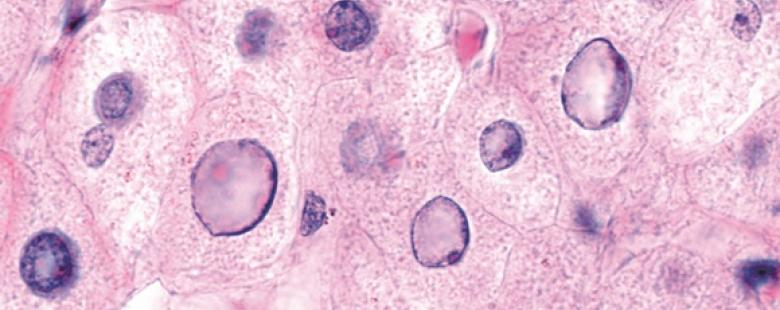
Stellate cell data integration
Comparison of enriched gene ontology groups across mouse pancreatic and hepatic stellate cells
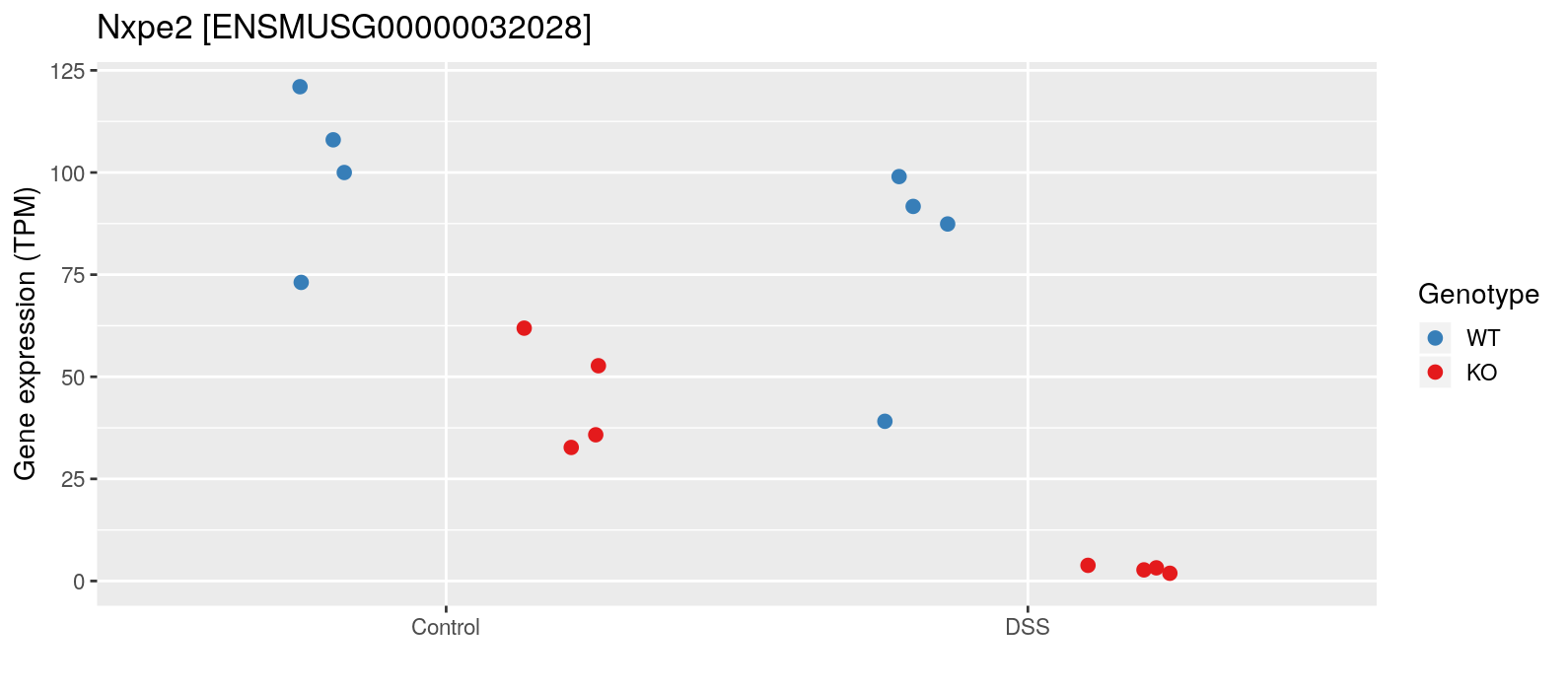
Ncor1 DSS
Profiling of mouse intestine in wild-type and Ncor1 knockout animals given dextran sulfate sodium
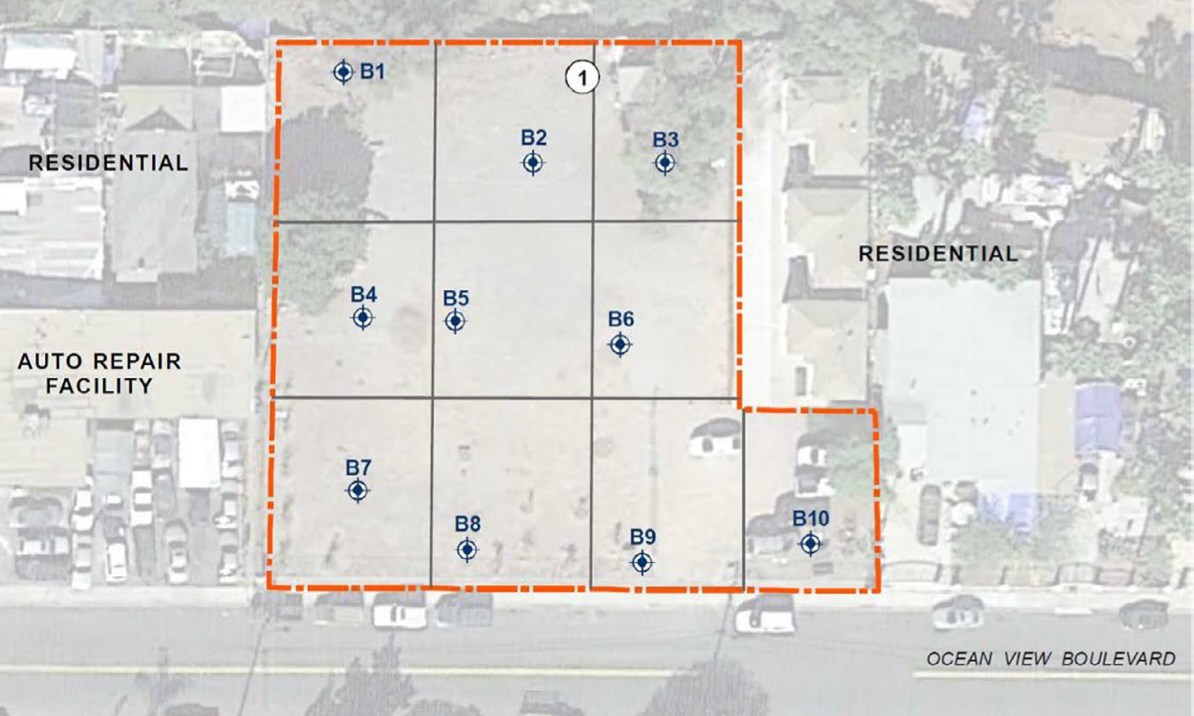
Ocean View Growing Grounds
Monitoring toxic heavy metals and arsenic levels in an urban community garden
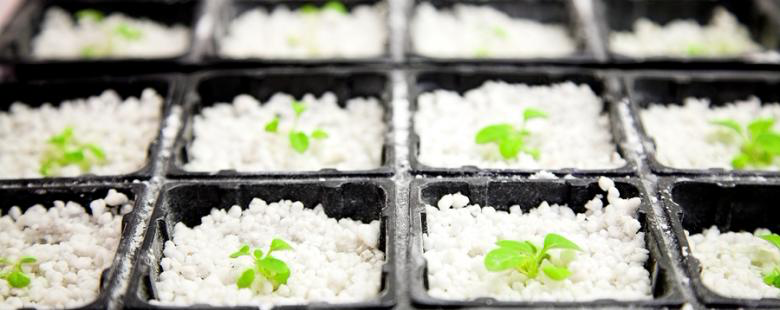
Arabidopsis treatment with arsenic and cadmium
Microarray profiling of 14 day old slim1-1 and Col-0 seedlings treated with arsenic or cadmium
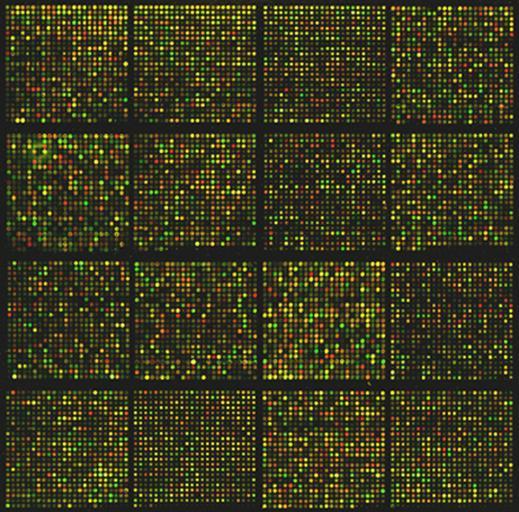
Arsenic toxicity in mice
Microarray profiling of mouse small intestine following treatment with arsenic
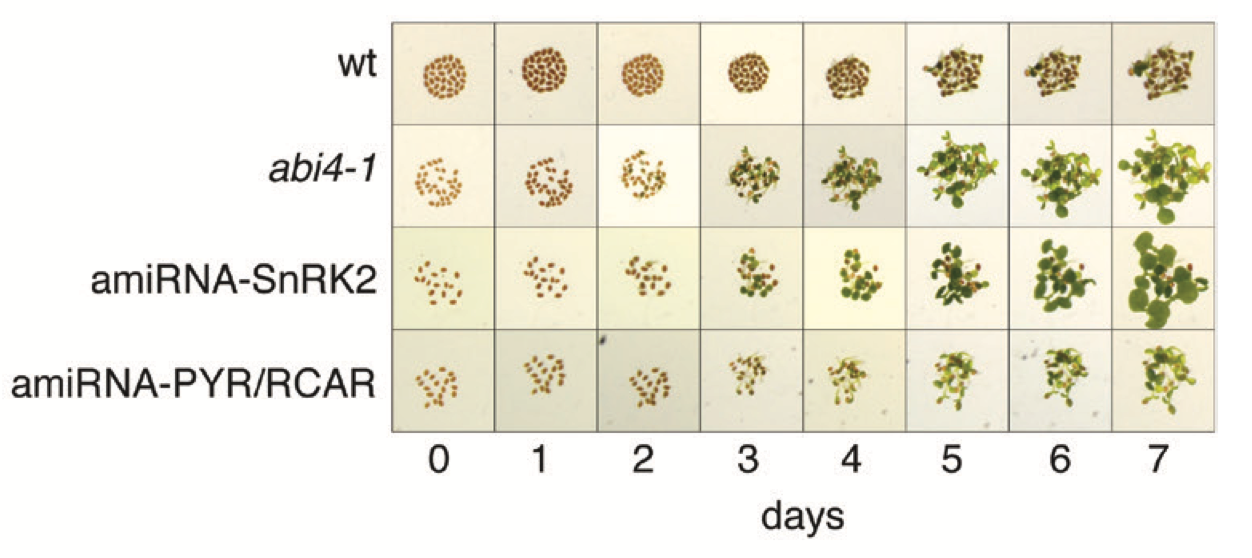
Artificial microRNAs
Artificial microRNA data sets and resources for discovery of redundant plant genes
